Local ice-cream brands have a role to play not just in terms of sentiment but also with regard to quality and product.(Illustration: Suneesh Kalarickal)
Snigdha Arora, a 42-year-old corporate professional from Mumbai endures hours of traffic every weekend for a singular reason: K Rustom’s iconic ice-cream. This isn’t a new phenomenon — instead, it has been a ritual for as long as she can remember. It all started with her father taking her for a weekend treat to the ice-cream parlour in the 1980s. Ever since, she has been relishing their walnut crunch ice-cream sandwiched between two crispy wafers.
Arora isn’t alone — there’s a large tribe of loyalists who swear by this legacy ice-cream brand that opened in 1953 in Mumbai’s bustling Churchgate area.
“I have some special food memories associated with this ice-cream parlour. My father brought me here when I was a teenager and now I get my son along. As someone who has a soft spot for ice-creams, I have tried several brands. Honestly, nothing comes close to this one. There’s also an element of nostalgia that brings me back,” she says.
If estimates are to be believed, the Indian ice-cream market is predicted to cross $5 billion by 2025, according to a report by Wazir Advisors. However, legacy ice-cream brands in Mumbai or other parts of the country continue to be unaffected by the rising expansion of national and international names.
So, what is the reason behind India’s love affair with local ice-creams? Let’s dive straight in.
Mumbai: The mecca of legacy ice-cream brands
Mumbai leads the way when it comes to legacy ice-cream brands surviving and thriving. Most outlets in the city have offerings that are not mass-produced, catering to the need for fresh and flavourful ice-cream. A case in point is Taj Ice-cream that has been in existence since 1887 and continues to find favour among Mumbai’s citizens.
Set in the busy streets of Bhendi Bazaar, this tiny outlet gained recognition for its hand-churned ice creams ever since it came into being. Aamir Hatim Icecreamwala, who is today the face of the brand belongs to the sixth generation of owners. Although he admits stiff competition from national and international brands, there’s really no insecurity or an impact in their sales since their product is starkly different from the rest.
Even today, customers travel all the way to devour their creamy and rich ice-cream that has fruit pieces in every bite. Their offerings are most popular among the age group of 35-70 years.
“We continue to offer hand-churned ice-cream, while others are machine-made. Our product has no use of additives or colours. That sets us apart from other ice-cream manufacturers who use emulsifiers, additives or softeners,” shares Icecreamwala with Moneycontrol.
Another brand that witnesses large crowds in Mumbai is Bachelorr’s that was established in the early 1930s. Their journey has been as progressive as the transformation of the city and its people. From selling whole fruits like any other fruit vendor to creating a menu with exclusive scoops, sips and bites, they have won the hearts of ice-cream lovers in the city.
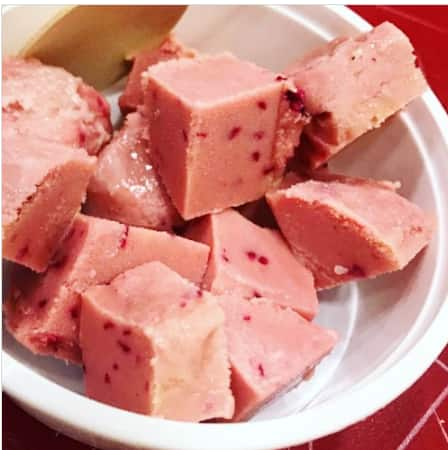 Fruit ice-cream at Bachelorr's Ice Cream, Mumbai. (Photo: Bachelorr's/Instagram)
Fruit ice-cream at Bachelorr's Ice Cream, Mumbai. (Photo: Bachelorr's/Instagram)
“Bachelorr’s started making fruit-based and other innovative ice-creams in the 1980s. Who would have thought of mind-blowing flavours like fresh green chilli, ginger ice-cream, garlic chutney ice-cream? Till date, our chilli ice-cream is heavily popular with customers and tourists visiting Mumbai,” share Aditya Arun Agarwal and Himanshu Arun Agarwal of Bachelorr’s, who have taken over the family business from their father.
A scoop of nostalgia
It isn’t just Mumbai where local ice-cream brands have found their footing. Other cities too have names that are an integral part of their culinary fabric. Vasdev Tehlani, who heads the ever-popular Golden Ice-Cream brand in Patna reveals that the brand has tasted success consistently over the last 75 years.
The brand that was established by Tehlani’s distant cousin brother initially served only ice candies or lollies that were stored in thermoses. Since the idea was to sell in the market, Golden Ice-Cream got a few push carts that were filled with salt and ice to maintain the optimum temperature between -14 to -18 degrees. It is in this manner that their product somehow reached schools or other places that witnessed large footfalls.
“In 1994, we took over and set up a new plant to improve the capacity. We continue to grow 20-25 per cent year on year. Even today, our choco bar is the hottest selling item. Several residents from Patna who have moved abroad continue to patronise our product. When they visit home, they head to our ice-cream parlours and enjoy these bars and lollies,” he mentions.
Kuremal Kulfi, one of the biggest and most loved kulfi brands in Delhi-NCR shares a similar trajectory. Vishal Sharma, who leads Kuremal Kulfi today, recalls how the brand that was started in 1906 by his great-grandfather served only a few flavours every summer.
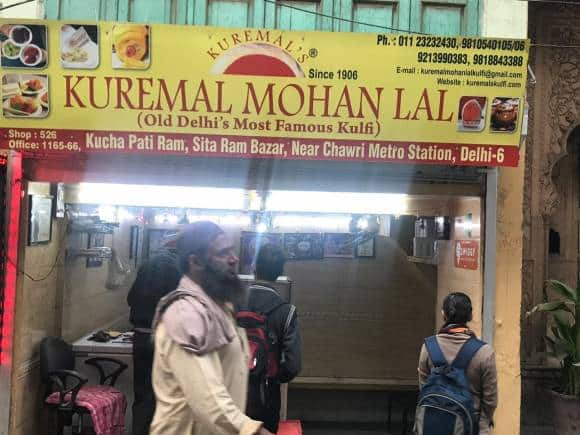 The famous Kuremal Mohan Lal Kulfi shop has been in Chandni Chowk, Old Delhi, since 1906.
The famous Kuremal Mohan Lal Kulfi shop has been in Chandni Chowk, Old Delhi, since 1906.
His father later joined the business in the 1980s and came up with certain additions that changed the face of the brand. Believe it or not, it was a crisis at a wedding where they were caterers that led them to discover the widely-popular stuffed kulfi.
 Chef Vikas Khanna at Kuremal Mohan Lal kulfi shop in Old Delhi.
Chef Vikas Khanna at Kuremal Mohan Lal kulfi shop in Old Delhi.
Since they ran out of kesar pista kulfi at the event, Sharma’s father had to use his presence of mind and find an instant solution. Believe it or not, they stuffed a watermelon with kulfi and served it to the guests. That’s when they realised this idea could be further experimented with.
Over time, they introduced stuffed kulfis in flavours like orange, pomegranate, mango and even guava. From having a single outlet in Chawri Bazaar, the family has flourished and opened over six outlets in Delhi-NCR.
“Today, we offer more than 55 flavours of kulfi. Our most popular products include milk-based kesar pista, malai kulfi, mango, gulkand, and anjeer. We also have tangy sorbets that are vegan and made from ingredients like pomegranate, jamun, aam panna and imli,” he adds.
Innovation is the name of the game
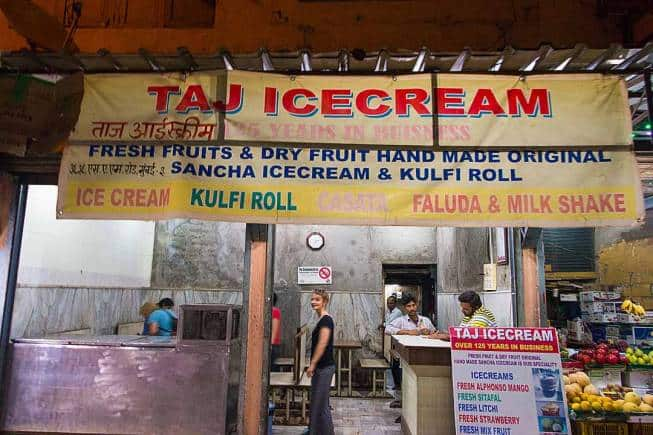 Taj Ice Cream in Mumbai. (Photo via Facebook)
Taj Ice Cream in Mumbai. (Photo via Facebook)
While innovation is the buzzword in the ice-cream industry, brands like Taj Ice Cream continue to offer classic flavours, because their customers have a recurring demand for varieties like traditional custard apple or mango ice-cream. That doesn’t mean that they don’t experiment with new flavours.
“During his time, my father had innovated two flavours — guava with chilli powder and musk melon ice-cream. This year, I have come up with a new Mandarin apricot flavour and the feedback has been positive. For us, there’s nothing that precedes customer feedback. We gauge the response and accordingly incorporate something in our menu,” says Aamir Hatim Icecreamwala.
Similarly, the owners at Bachelorr’s echo this sentiment. They do not blindly follow the herd — instead, they only create something new if they personally find some meaning in the idea. Their recent innovation has been the Afghani Malai ice-cream that was developed in 2018-19.
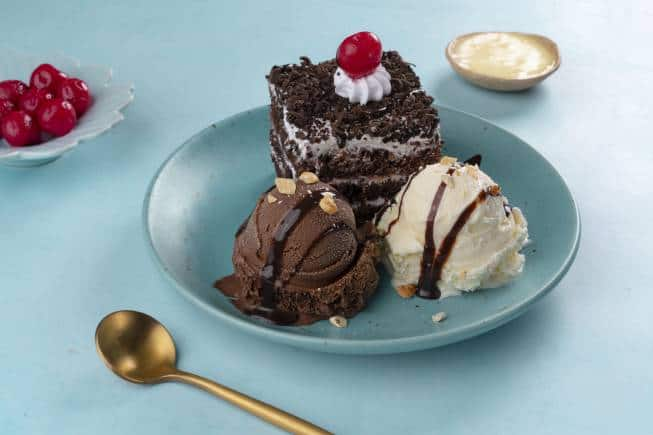 Blackforest special at Lakeview Milk Bar.
Blackforest special at Lakeview Milk Bar.
Another popular brand and Bengaluru’s oldest ice-cream parlour, Lakeview Milk Bar believes in focusing on classics rather than being a trendsetter.
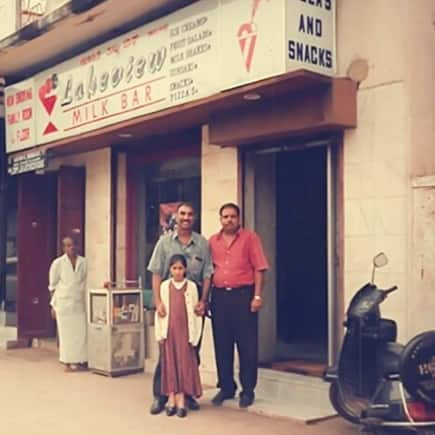 Lakeview Milk Bar in 1993.
Lakeview Milk Bar in 1993.
“It is important to stay up-to-date with the latest trends in the market to know where it is headed. We upgrade our menu from time to time based on the changing tastes and preferences of our clientele, but in no way do we compromise on quality. Even today, some of our most popular items include the Sizzling Brownie Sundae and Black Forest Special,” comments Anish Vakharia, the managing director of Lakeview Milk Bar, who comes from the third generation in the family.
 Lakeview Milk Bar on MG Road, Bengaluru.
Lakeview Milk Bar on MG Road, Bengaluru.
Mangaluru’s Ideal Ice Cream, which was established in 1975, also continues to be as popular today. Narayana Nayak, manager at Ideal Ice Cream highlights that the mantra to survive in the industry is to ‘innovate or perish’. With global exposure and a paradigm shift being witnessed in the industry over the last few years, innovation has become the name of the game.
However, he says that innovation has multiple facets when viewed from a manufacturer’s perspective.
“In terms of flavours, there are always certain varieties that are the all-time favourites of ice-cream lovers. But then there are also some that offer the novelty factor. We constantly monitor the shift in market preferences and bring out the flavours that are in line with the expectations of our customers,” he reiterates.
Another aspect of innovation is driven by the raw materials. The shortage of raw materials also contributes to innovation, where they fine tune their formulation to maintain the quality and taste of their products, says Nayak.
Several brands like Keventers who have recently entered the ice-cream market have also played on their legacy, offering their customers a balance of nostalgia and newness. The iconic milkshake company that was acquired by Ram Krishna Dalmia from Edward Keventer in 1940 has witnessed a series of milestones — from supplying to the Indian Army to becoming the preferred choice of Delhiites walking around Connaught Place.
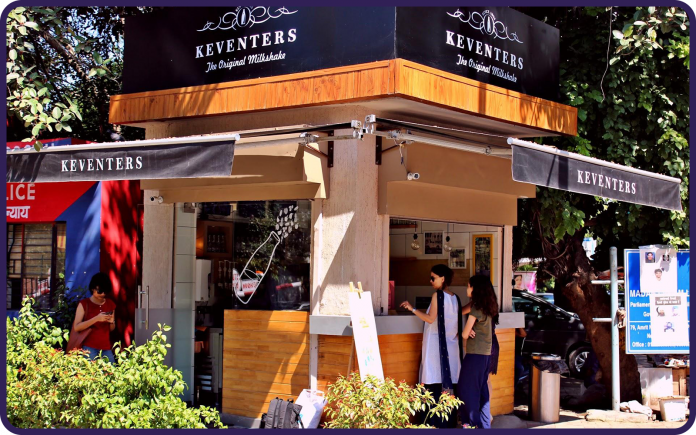 Keventers in Delhi.
Keventers in Delhi.
The brand was later revived in 2015 by Agastya Dalmia, Aman Arora and Sohrab Sitaram.
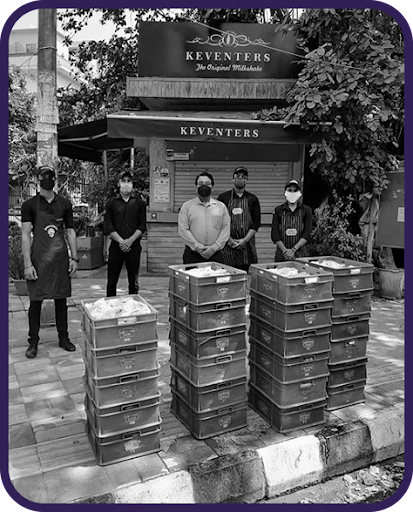 Keventers in Delhi.
Keventers in Delhi.
“Keventers has stood the test of time across generations and continues to be the glue that brings families together, celebrating shared experiences through its nostalgic flavours. Keventers has been developing ice-creams since 2021 as a separate vertical called Keventers Ice creamery,” says Agastya Dalmia, founder and chief executive officer, Keventers.
Are local ice-cream brands here to stay?
Vakharia reaffirms that local brands have a role to play not just in terms of sentiment but also with regard to quality and product. They have a better understanding of the market as well as tastes and preferences of customers, which gives them a huge advantage over the rest.
However, Aditya Arun Agarwal and Himanshu Arun Agarwal of Bachelorr’s point out that the ice-cream market in India is yet to witness phenomenal growth, which is likely to change over the next decade. That is reassuring for those who are in the business of legacy ice-cream.
“Local brands are not just here to stay, they will grow and see their potential too. Such ice-cream brands offer high-quality niche products that big national and international brands fail to understand. While nationally-available brands may do well in sales but regionally, it is the rule of the local ice-cream brands. They have stood the test of time,” conclude the duo.